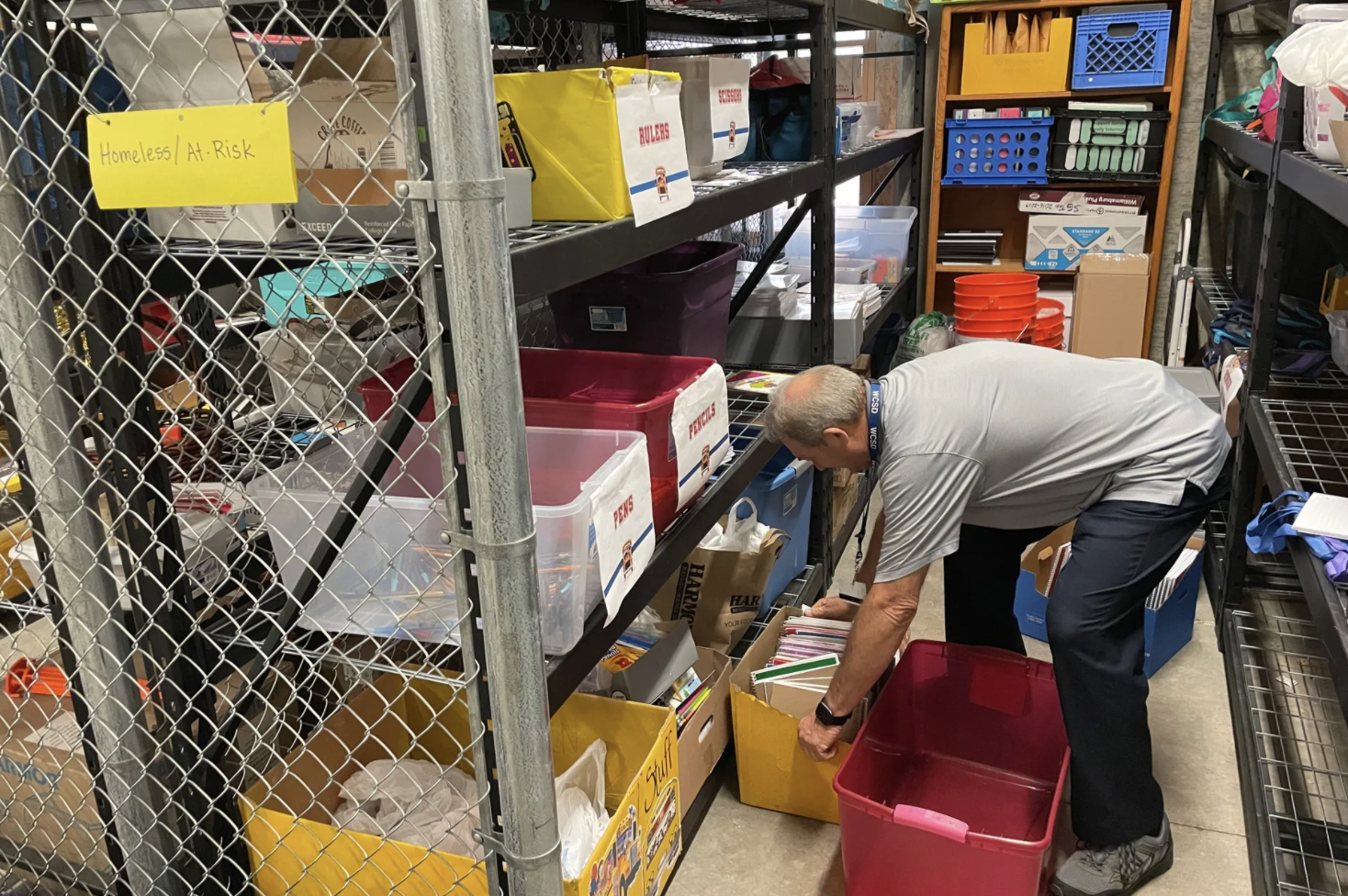
A week before school started in the sunny desert city of St. George, Utah, Mike Carr waited at the front desk of the only emergency youth shelter in this southern Utah county.
He noticed a young mother on a sectional couch in the living room swaddling her infant in a pink blanket, idly watching a Marvel movie. In the neighboring kitchen, some teenagers — each a potential student that Carr hoped to talk to — prepared lunch before retiring to one of the shelter’s 15 beds.
Carr runs a one-person department dedicated to working with homeless students and their families in the sprawling Washington County School District. He used to visit this shelter regularly, but he’s only been here a handful of times in the last 18 months. The coronavirus pandemic kept this small facility on lockdown for much of that time, and Carr mostly stayed quarantined at home to protect his wife, who has preexisting health conditions.
But with mere days before the start of classes in mid-August, Carr scrambled to meet any young people he could at one of the three shelters in St. George. He also knocked on the doors of hotels and motels and slowly drove past the city’s parks, looking for any youth camping out in the triple-degree heat.
It’s a late-summer routine that Carr, the homeless education liaison for Washington County School District, and many of his counterparts across the U.S. have relied on for years to find and identify students without a regular address. But the task felt even more urgent to Carr this year after he’d lost track of about 400 students last school year, more than a third of Washington County’s typical number of homeless kids. They disappeared from the district’s rolls not because their families somehow found permanent housing during the pandemic, but rather because many unhoused children never enrolled in school at all.










